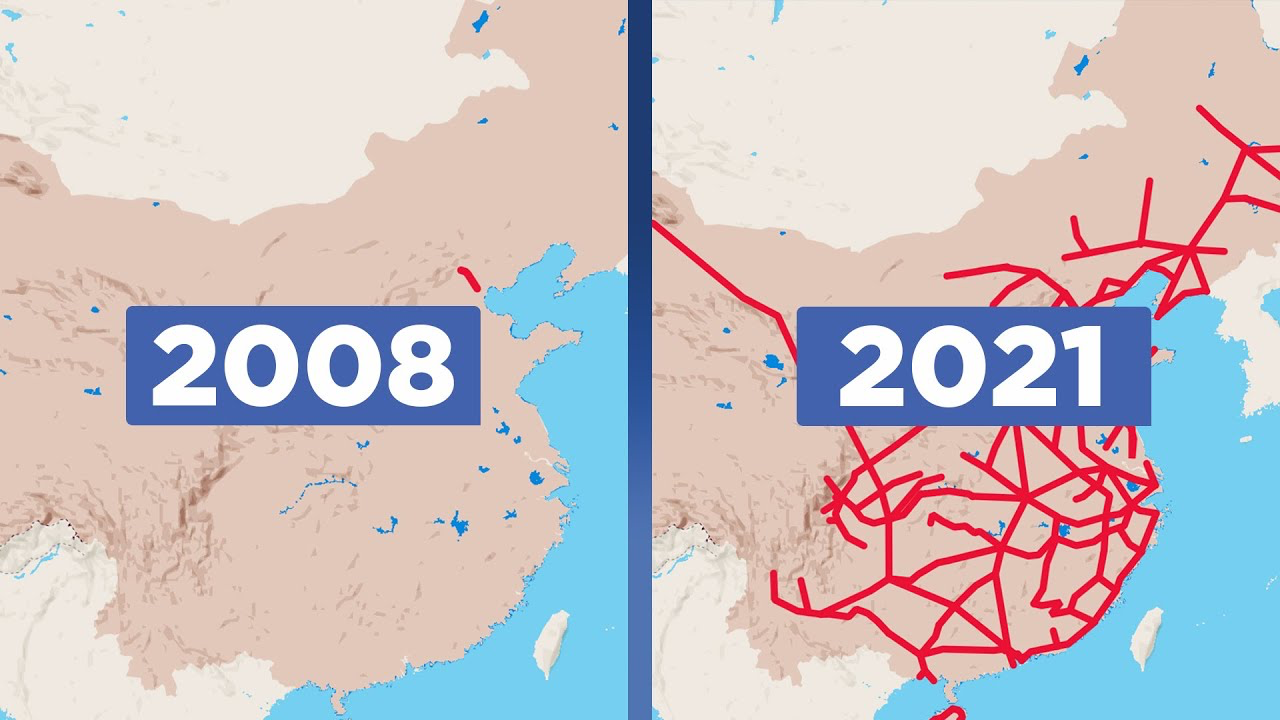The Rise of China’s High Speed Rail and its Transformation of Domestic Travel
Early Days of Skepticism about the Ambitious Project
In the early 2010s when China’s high speed rail (HSR) network was first starting to come online in a major way, there was considerable skepticism from observers about the viability and necessity of such a massive infrastructure project. Critics questioned whether it would be too expensive, carry too much capacity, and be plagued by corruption. A tragic 2011 accident involving two colliding trains that killed 40 people seemed to validate these doubts.
High Utilization Rates and Lower than Expected Costs Surprise Analysts
However, in the years since, the network has proven the skeptics wrong. Ridership has been consistently higher than forecasts, and many lines have achieved profitability much faster than projected. Regular patronage from a diverse range of socioeconomic groups demonstrates the system’s accessibility. Plans to double the network size again by 2025 show the government’s confidence in HSR’s value.

Revolutionary Impact on Domestic Travel and Regional Development
China’s growing high speed rail network has radically transformed domestic travel in the country. Journey times between major cities have been slashed, with some routes like Beijing to Shanghai dropping from over 10 hours by regular train to under 5 hours on HSR. Intra-city trains and subways seamlessly connect passengers from stations to their final destinations.
Spurring Urban Growth near Stations
The expanding rail grid has also influenced patterns of regional development. Similar to how highways enabled suburban sprawl in the USA, cities are planning around new HSR stations. Property values surge near planned routes. Entire new transport-oriented developments spring up, reorganizing how people live and work across China.
Comparisons to the American Interstate System
To evaluate HSR’s long-term impacts fully, one can look to the Interstate Highway System in the USA. Both projects aimed to revolutionize national infrastructure on a staggering scale for strategic reasons, but their unintended consequences have greatly surpassed original goals.
Interstate’s Role in Suburbanization and Oil Dependence
The Interstate network facilitated a wave of car-centered suburban growth, leading to unforeseen energy and environmental impacts. Reliance on imported oil skyrocketed as more Americans commuted by automobile, with profound geopolitical implications still felt today. The full manifold effects are still emerging over 60 years later.
An Even Bigger Buildout Yet to Come
With nearly 25,000 miles of track laid so far, China’s high-speed network has already dwarfed its American counterpart in scope and impact. However, the Chinese government’s plan to double it again by 2025 signals an even more transformative phase ahead.
Future Impact of Automation and Decarbonization Unclear
It remains to be seen how emerging technologies may reshape assumptions. Autonomous vehicles, electrification, and distributed renewable energy generation could challenge HSR’s competitiveness versus private transport. Yet rail’s inherent efficiency remains compelling for dense intercity traffic if electricity continues decarbonizing. Only time will reveal the ultimate effects of this unprecedented railroading revolution in China.
Pride and Continued Improvement of the National HSR System
Today, Chinese citizens express great pride in their high-speed network. Punctuality remains excellent despite overwhelming usage. After overcoming early growing pains, no major safety issues have occurred for many years.
Room for Further Enhancements Remains
While a success on many levels already, opportunities still exist to improve the passenger experience further. Experiments with tilting trains could boost speeds on curvier routes. More seamless payment integration between rail and other transit could streamline intermodal trips. As with any complex technical system, constant refinement will help achieve HSR’s full value and acceptability for all of China’s people.
Conclusion
In just over a decade, high-speed rail has risen from a little-used niche technology to the backbone of China’s transport network through immense determined effort and investment. Its revolutionary impact on connectivity, urbanization patterns, and national identity demonstrates what governments can achieve with long-term vision and political will. Only with more time will the true scope of change brought by this megaproject reveal itself fully.
